Brooke C. Stoddard
The golden age of armor lasted from about 1400 to 1550. And what an age it was. Who can look at a fine suit of armor from this period and not feel a mixture of pity and awe? Pity for those who felt compelled to suffer the suits’ confines, and awe for the craftsmen who made them.
[text_ad]
Plate armor grew out of recognition of the limitations of ring mail, which was found not to stand up to crushing blows—as from battle-axes—or to the bolts of crossbows. Ring mail also hung most of its weight from one place on the body, the shoulders. Soon armorers were making breast- and backplates of iron to cover mail at the torsos. From the 13th century, plate armor increased over the body until by the 15th century every square inch was covered.
The Technological Height of Medieval Warfare
Even a quick examination of iron plate armor puts to flight the notion that the 15th and 16th centuries were technologically unsophisticated. Plate armor required a tremendous amount of knowledge of mining and metallurgy, plus the organizational skills, industrial training, and smithing factories for manufacture.
Metallurgists sought the finest ores, and businessmen organized miners to usher them up. Engineers built blast furnaces to reduce the ore to iron. They devised mechanized bellows and trip hammers, mainly run by waterwheels. They cut iron plate with large, case-hardened shears. Their factories must have been noisy, smoky, infernal places. Apprenticeships lasted up to seven years; craftsmen must have spent their whole working lives in such places. But armories were not for crude people or crude production, as the surviving beauty of some suits of armor attests.
Sophisticated Design Improvements
Armorers—the best were from Germany and northern Italy—learned how to increase the thickness of plate for the areas at the middle of the chest while thinning it toward the waist and armpits. Nearly finished pieces were heated in glowing charcoal, inducing more carbon into the iron, thus turning the surfaces to steel while leaving the substance beneath more purely flexible wrought iron. They distributed the weight of their armor over the body; the shoulders, for example, bore none of the mass that protected the legs. The armorers’ main challenge, of course, was allowing for free movement of the elbows, knees, and neck. This they did by lapping smaller plates, called lames, connected with sliding rivets.
Armorers showed their ingenuity in dozens of other ways. Breastplates were shaped convex in the middle to deflect blows. Large plates had raised edges so any sword or lance point sliding along would not penetrate into joints. Sixteenth-century German armorers fluted many of their plates, increasing the plates’ strength without adding to their mass.
The End of the Suit of Arms
The armorers’ success was phenomenal. Suits of armor worn in battle by medieval knights weighed anywhere from 35 to 55 pounds. Fully armored, knights could mount their horses unaided. Some liked to show off by doing cartwheels in their armor; some, chased by enemies, were said to have swum rivers armored. It is not true that knights required cranes for mounting or were helpless if knocked flat.The principal drawback of full plate armor was the retention of heat. By the mid-1500s, ceremonial armor was inlaid with precious metals and engraved with decorations and illustrations. We are fortunate owing to the fact that iron can so quickly rust and deteriorate that such wonderful examples of armor have survived.
Musket balls put an end to the golden age of armor—they could pierce most plate at a hundred yards. Large professional armies hastened the decline of fine armor also—armorers could do better mass-producing breastplates for footsoldiers than crafting custom suits for nobles. The age of plate armor died, but much of the armor lived on, testimony to, if nothing else, exquisite design and craftsmanship.


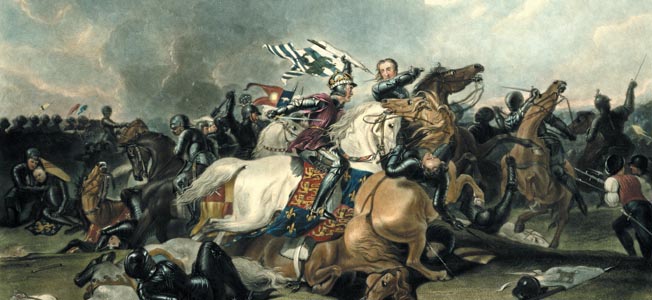

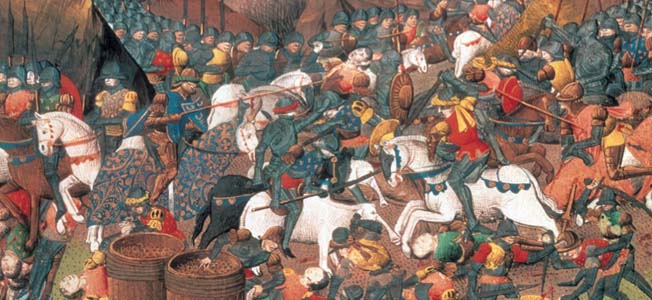
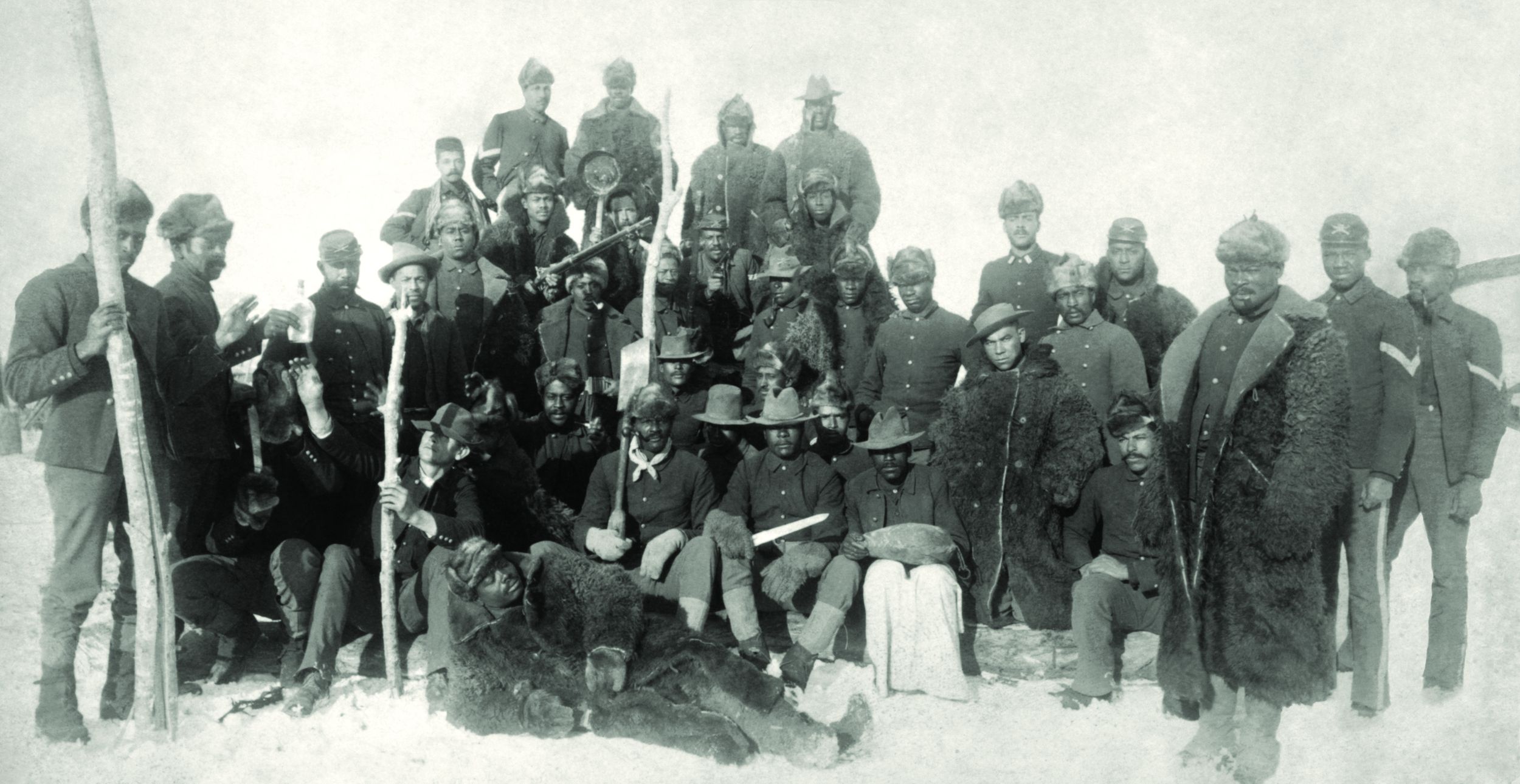
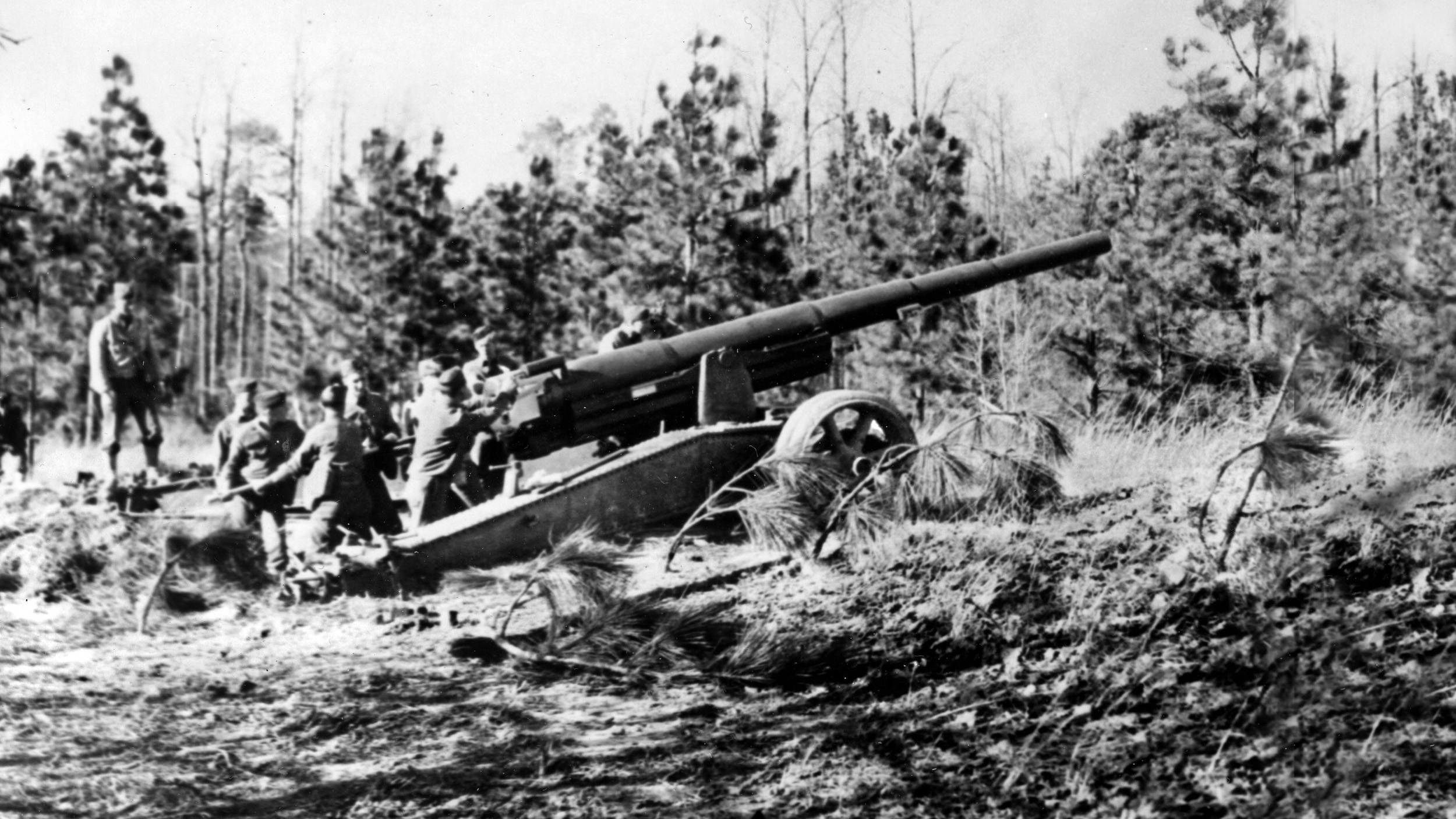
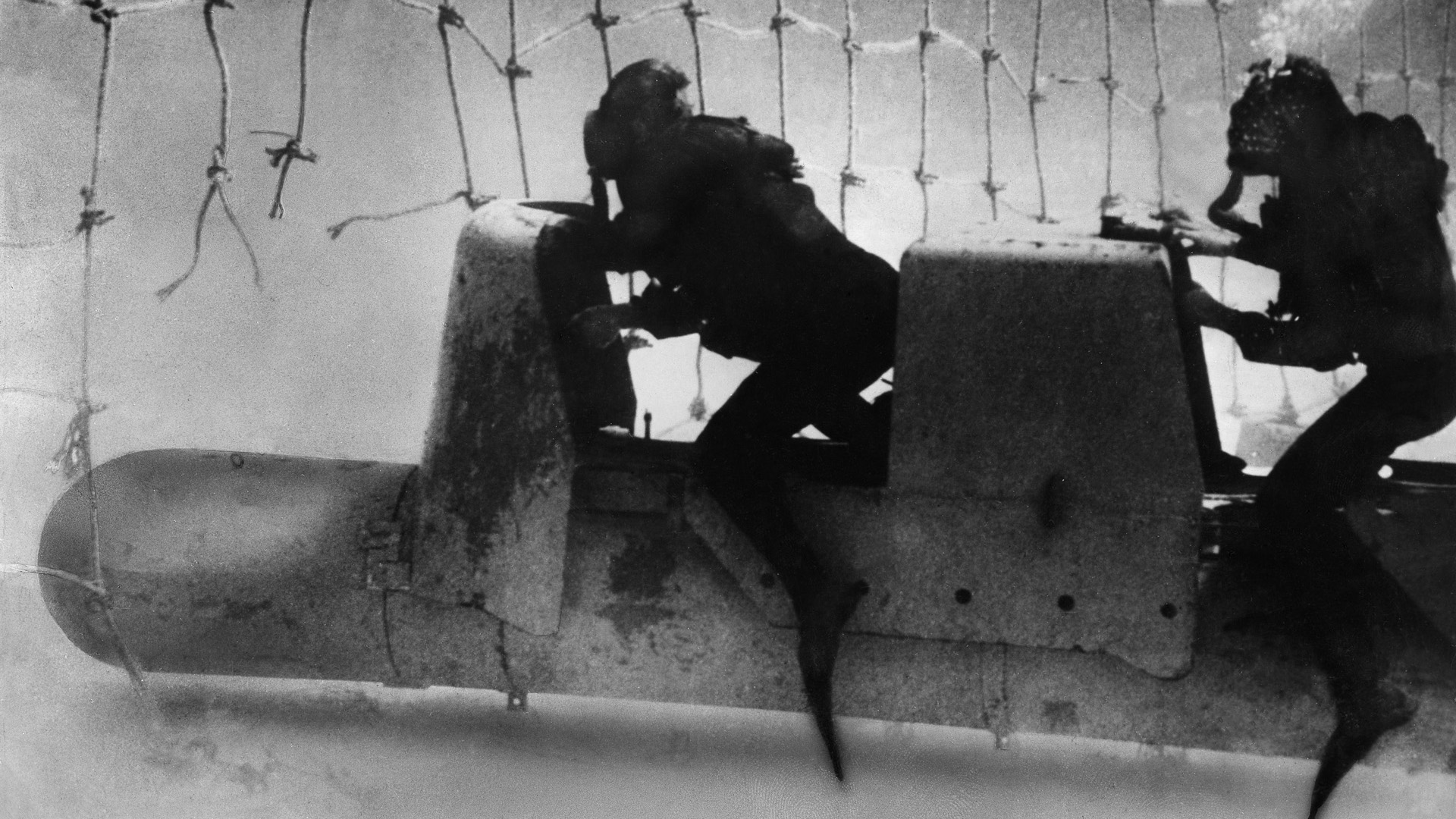
Join The Conversation
Comments
View All Comments